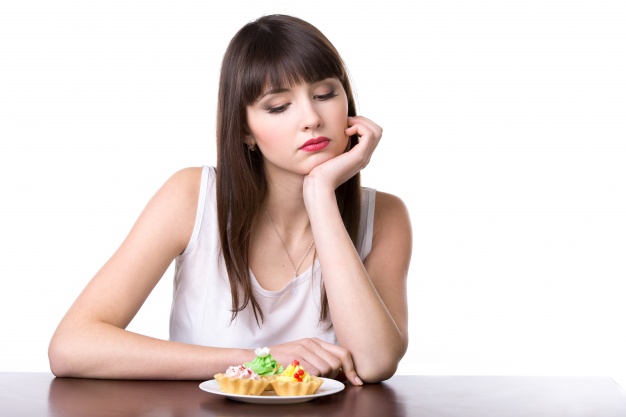Polycystic Ovarian Disease (PCOD) is pretty much a 21st century `cult’ syndrome with an ever-increasing `membership’. I’ve lost count of the number of girls coming to my clinic with a diagnosis and the need for a diet. The same can be said for diabetes. That despite the overwhelming literature aimed at prevention and care, India is the diabetes capital of the world, with over 50 million patients suffering from Type-II diabetes For both these conditions, lifestyle solutions are usually recommended, and are around the area of diet control and exercise. Because of the prevalence of these conditions, I’ve developed some tried-and-tested nutritional solutions, having worked with my clients for many years. Having said that, in order to truly understand the solution, we need to first focus on why it happens.
CONNECTED WITH EXCESS FAT
What PCOD and diabetes have in common is that they are both connected with excess fat and insulin resistance. Everything we eat or drink -be it a banana, a cocktail, a bowl of sprouts or a piece of fruit -gets converted into glucose by our bodies. And glucose is our universal source of energy. Now, glucose cannot enter the body and provide energy to all the cells in our body without help: it needs a carrier or, in other words postman. And that’s where insulin comes in. The pancreas secretes insulin, which in turn, picks up the glucose and delivers it to all cells in the body. So insulin becomes the courier boy for the de livery of energy in your body. Let’s say, hypothetically, that one unit of insulin -at its optimum efficiency -delivers 100 units of glucose to the body. Weight gain or the accumulation of fat in terferes with this process, acting like a bit of a gangster, disrupting the beautifully beautifully synced pick up by insulin for glucose distribution. Because of excess fat, insulin can’t do its job: it maybe, for example, delivers only 10 units of glucose instead of 100. In reaction to this, the pancreas oversecretes insulin to finish the job at hand. This continual oversecretion of insulin -caused due to ex cess fat -could lead to diabetes (Type-II).

Similarly, in the case of PCOD, as the ovaries have to produce an egg every month, the egg is formed in the form y of a cyst. When the blood levels are overcharged with insulin because of excess fat -the ovaries are unable to open the `door’ and release the egg from the cyst. Multiple eggs go unreleased and that, ladies and gentlemen, is PCOD.
Excess fat may result in insulin resistance. And insulin resistance may result in diabetes or PCOD. Do note that even the skinniest of people may have high body fat, and may not always look like probable candidates for PCOD and diabetes. By removing the deterrent of excess fat, you will reduce the incidence of PCOD and diabetes. The next piece Part II will talk about nutritional solutions for both. Watch this space.











